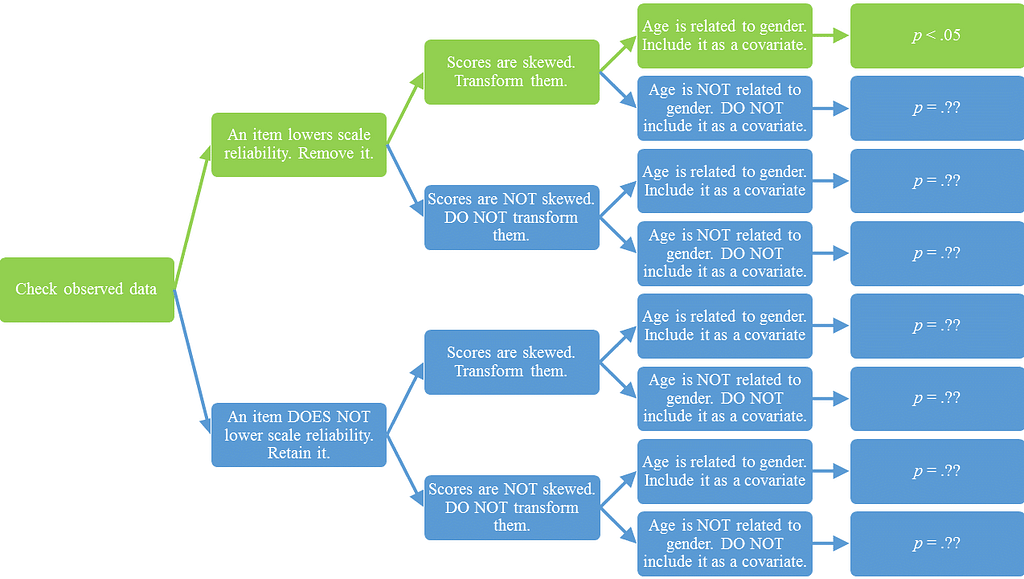This is a summer of great news for OpenCitations. Thanks to the generous support received from the scholarly community during the first year of SCOSS adoption, we’re happy to announce the appointment of three new colleagues to work for OpenCitations at the Research Centre for Open Scholarly Metadata (University of Bologna).
Postagens de Rogue Scholar

We just released Hypergraph (Beta) v0.10.6 🎉 New releases of Hypergraph will occur on the 28th of every month — we only break that cycle if there are urgent fixes that we need to ship as soon as possible (e.g., for security). If you're interested in understanding how we version our releases, check out Semantic Versioning.

It is common knowledge that the academic publishing industry is oligopolistic: a handful of large corporate publishers control the vast majority of the industry. Because it dominates so much of the industry, the oligopoly maintains market power through tentacular economies of scale and control of the publications which libraries must access.

The Wikipedia community has become a source of information for a broad and global public. Paul and Max argue that contributing to the encyclopedia as a scholar can be a powerful way of achieving a strong societal impact of their own expertise. Furthermore they provide a guide on how to write your first contributions.

In this paper (Rubin, 2021), I consider two types of Type I error probability. The Neyman-Pearson Type I error rate refers to the maximum frequency of incorrectly rejecting a null hypothesis if a test was to be repeatedly reconducted on a series of different random samples that are all drawn from the exact same null population. Hence, the Neyman-Pearson Type I error rate refers to a long run of exact replications.
Toward integration of data, computing, and tools Bibliometrics is often equated with straightforward numerical indicators like publication and citation counts, journal impact factors, and h-indices. Without any doubt these are indeed the most often used items in the bibliometric toolbox. However, the bibliometric toolbox is expanding in a number of important directions.

The interconnection between Wikipedia and Wikidata is now larger than ever. The Wikipedia Citations dataset currently includes around 30M citations from Wikipedia pages to a variety of sources – of which 4M are to scientific publication.

In this paper (Rubin, 2020), I consider Fisher’s criticism that the Neyman-Pearson approach to hypothesis testing relies on the assumption of “repeated sampling from the same population.” This criticism is problematic for the Neyman-Pearson approach because it implies that test users need to know, for sure, what counts as the same or equivalent population as their current population.

In this paper (Rubin, 2017), I consider Gelman and Loken’s (2013, 2014) garden of forking paths problem. Forking paths occur when researchers decide which analyses to perform based on information from their sample.

For the second year, OpenCitations has taken part in the LIBER annual conference. **LIBER **(Ligue des Bibliothèques Européennes de Recherche – Association of European Research Libraries) is a network that gathers 440 research libraries, based in more than 40 countries all over the world, with the mission of supporting Europe’s research libraries